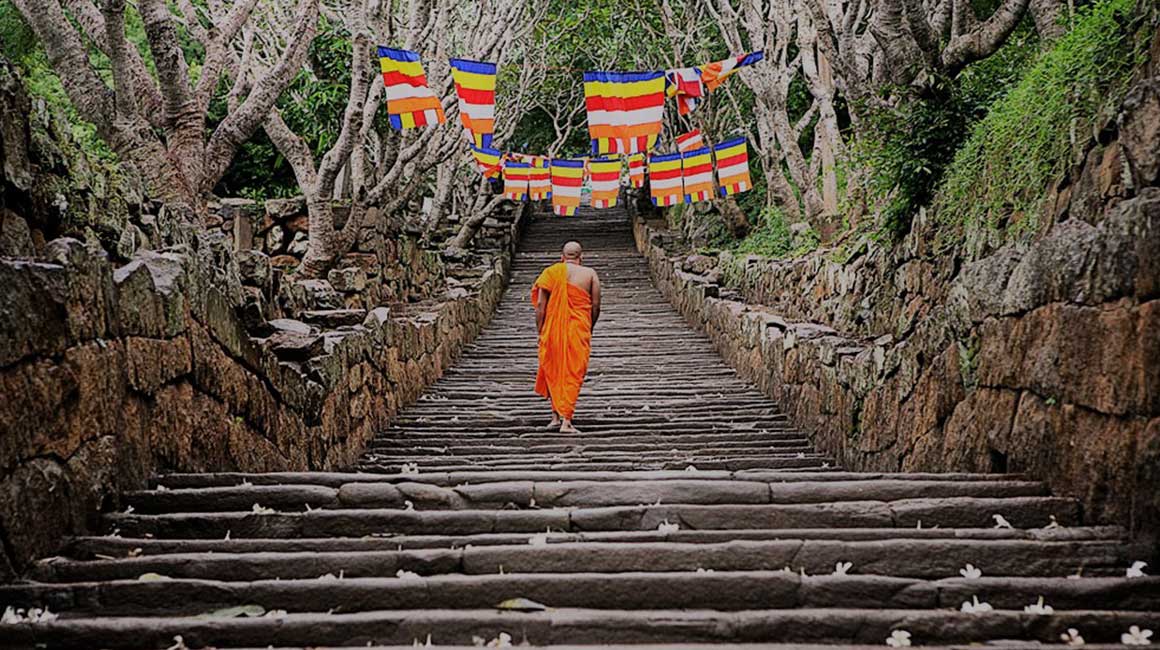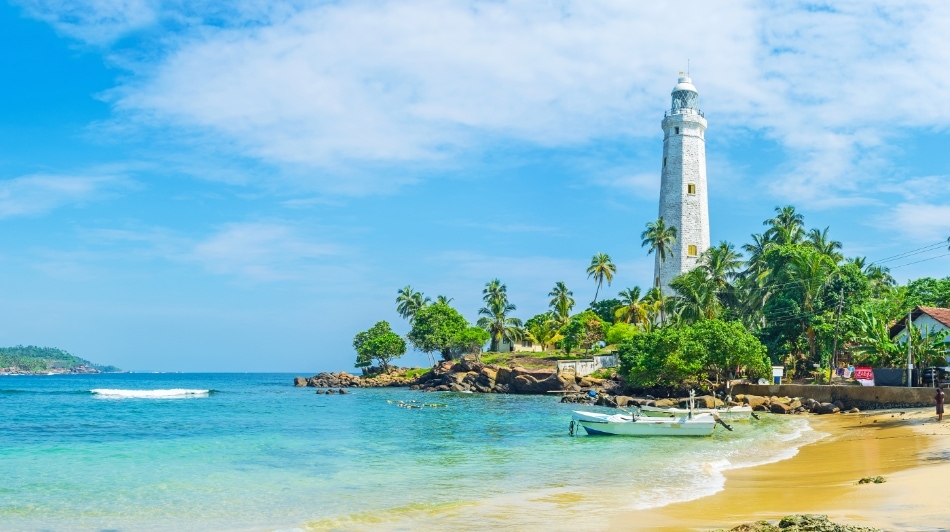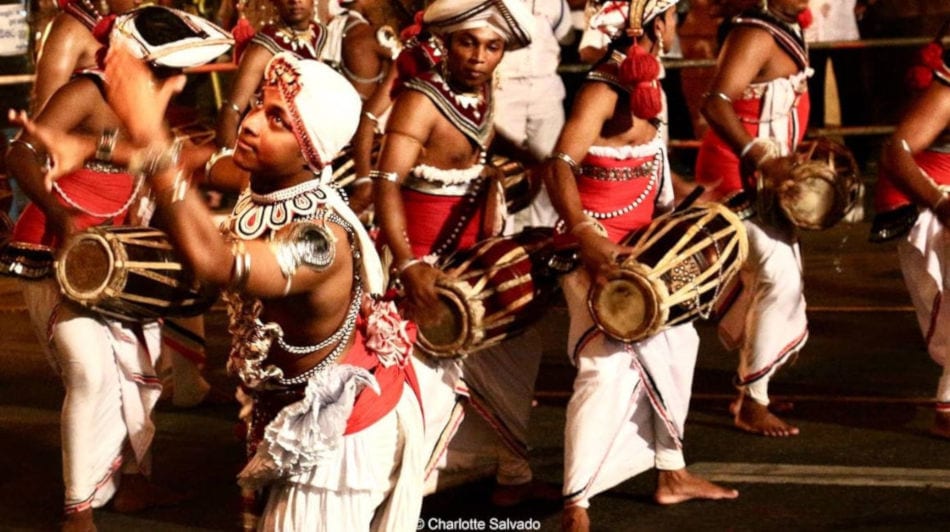Mihintale

For over thousands of years, Mihintale has been an important site for devotees. Situated half an hour away from Anuradhapura, Mihintale has attracted the culture thirsty traveller. During the Anuradhapura Kingdom Mihintale was known as Chetiyagiri.
The most important historical detail of Mihintale is its bearing it had with the beginning of Buddhism in Sri Lanka. It was at the Ambastale area in Mihintale that Mahinda Thera and his assembly arrived and since then the area has been considered to be consecrated grounds. It was while King Devanampiyatissa was hunting that the sacred congregation had arrived. The King embraced Buddhism and as a result, it spread to the entire country. The name ‘Mihin-tale’ derives from the famously chronicled episode of Arahat Mihindu calling out to King Devanampiyatissa preventing him from hunting the deer.
King Devanampiyatissa during his reign had dedicated over sixty fortified caves to the preservation of the Sanghaya. Since then most succeeding Kings have added various extensions necessary for the Thero’s residing here and for the pilgrims.
Climbing Mihintale is an exhilarating task. To discover the sites found here, visitors would have to climb around 1850 steps. But it is worth the effort as the rocky mountainous area preserve many stupas, ruins, and statues. A beautiful excursion for anyone, the flight of stairs is picturesquely roofed by trees and shrubbery.
One of the most important sites you will see are the ruins of an ancient hospital. Found at the foot of the mountain, the site encompasses of medicinal baths, a stone inscription and even the remnants of a large monastery. Historians believe that this is perhaps the oldest hospital in the world. Another fascinating feature found here is the number of ponds – Naga, Kaludiya and Singha. Naga Pokuna, built during King Aggabodi’s reign is complete with carvings of snakes as its name insinuates. The water found in the Kaludiya Pokuna is black or ‘Kalu’ and is popular amongst pilgrims. A pond believed to be used by the Bhikkhus, the Singha Pond is an attractive site finished with a statue of a lion.
A well-preserved stupa here is the Kantaka Chetiya. Depicting Lord Budda’s teachings in its intricate designs, the Chetiya is an important one for pilgrims. Over 60ft in length, the remnants of a quadrangle found here illustrate that this was where the Bhikkhus met to discuss the Dhamma.
There are numerous sites within the region of Mihintale including the Cave of Arahat Mahinda, the Aradhana Gala, and the Maha Stupa – all which are a must to explore!



